The European Space Agency (ESA) has published five new images taken by the Euclid space telescope. They show galactic clusters, a region of active star formation and a spiral galaxy.
Unprecedented results
The Euclid telescope was launched in July 2023. The main task of the spacecraft is to study mysterious dark matter and dark energy — invisible forces that, according to scientists, make up 95% of the known universe. To do this, Euclid performs high-precision measurements of the redshifts of galaxies located within a radius of up to 10 billion light-years from the Milky Way.
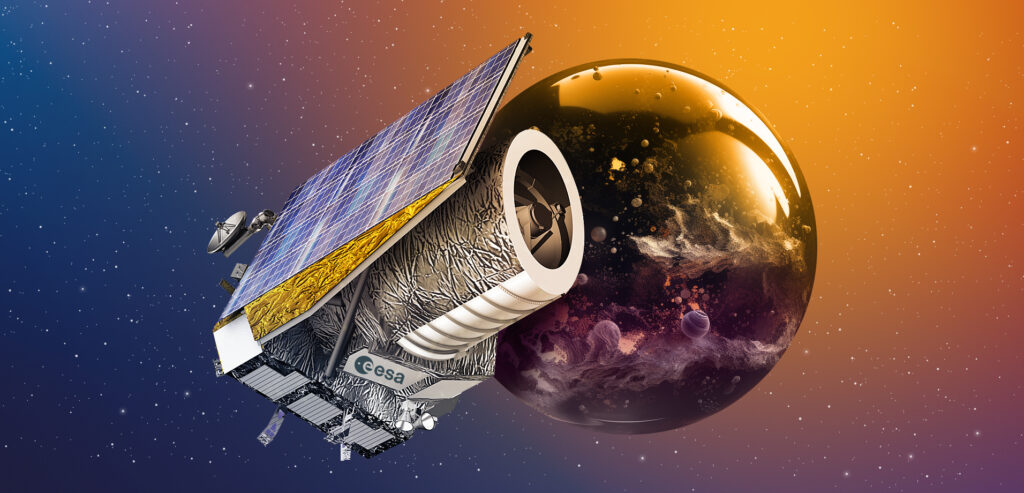
On May 23, ESA published an early mission catalog. Despite the fact that it covers only one day of Euclid observations, it has managed to detect over 11 million objects in visible light and another 5 million in infrared.
In honor of this event, ESA also published five images taken by Euclid. They are at least four times clearer than those that can be made with ground-based telescopes. These are not just beautiful pictures. The peculiarity of Euclid is its versatility. The telescope can cover large areas of the sky in great detail and depth and is able to capture a wide range of different objects in one image: from dim to bright, from far to near, from massive clusters of galaxies to small planets.
According to scientists, the images of the telescope demonstrate its unprecedented capabilities. In addition to hunting for dark matter, Euclid was able to detect rogue planets, map star clusters, search for dwarf galaxies and much, much more.
Euclid images
The first Euclid image shows the galactic cluster Abell 2390. It is located at a distance of 3 billion light-years from Earth and consists of 50 thousand galaxies. In the center of the photo, you can see a beautiful manifestation of gravitational lensing in the form of arcs. Many of them are actually multiple images of the same distant object.
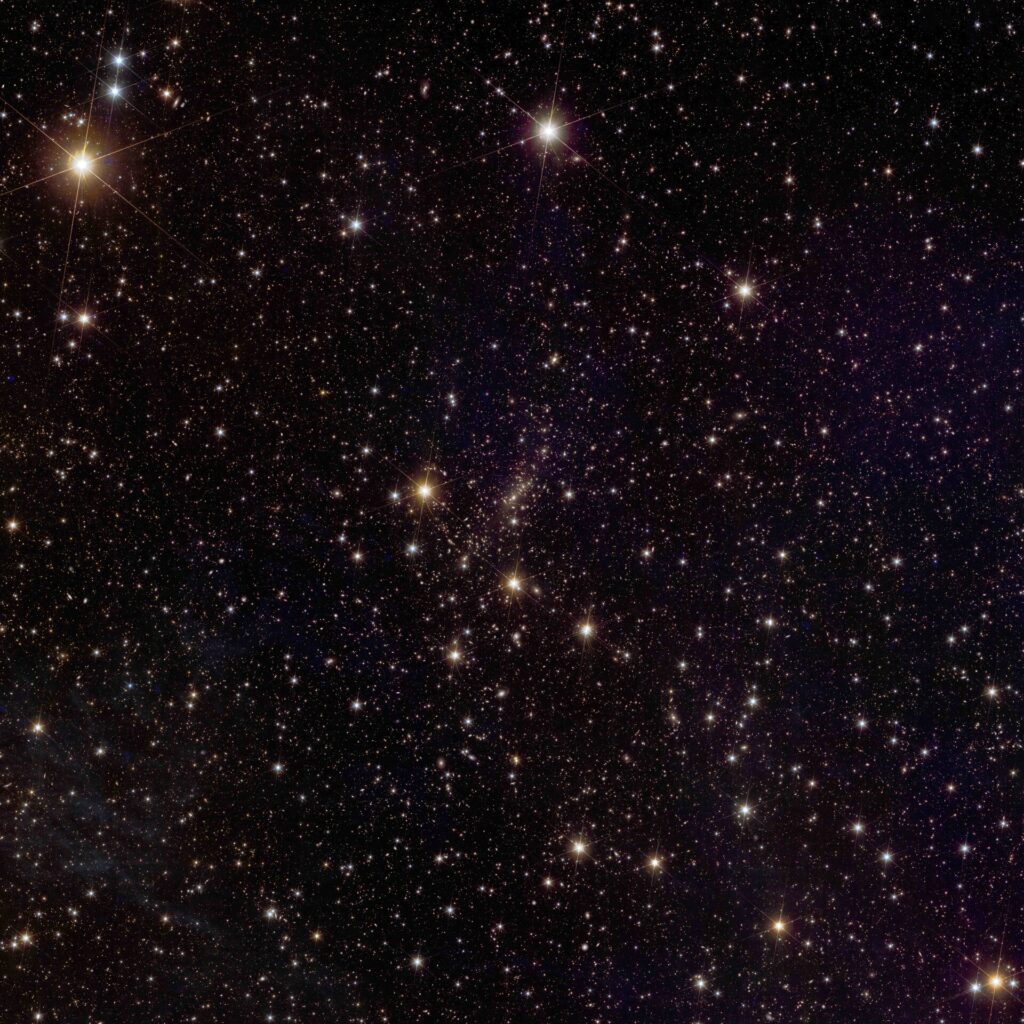
The second photo shows M78, a region of active star formation located 1,300 light-years from Earth. Using its infrared camera, Euclid looked deep into this stellar maternity hospital, compiling an unprecedented map of complex filaments of gas and dust, and also discovered newly formed stars and planets.
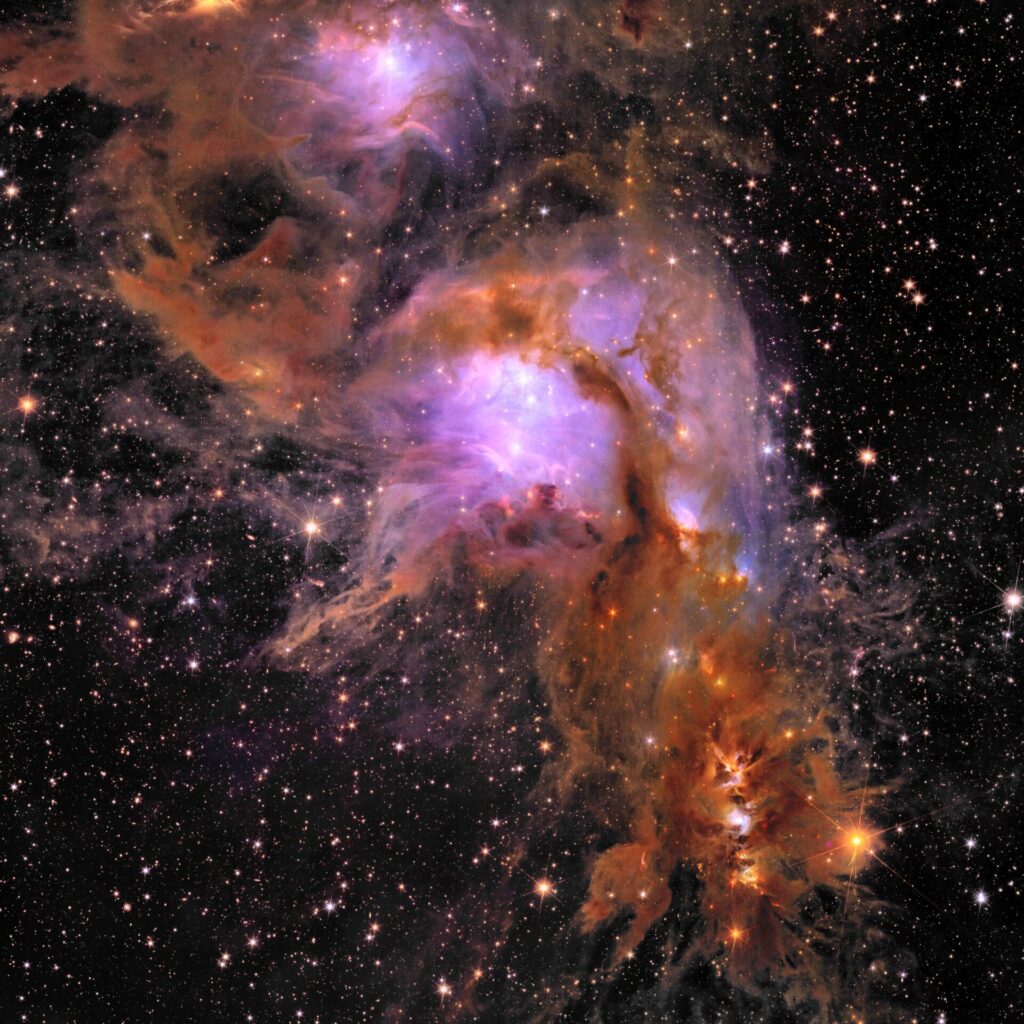
In the third image, you can see the spiral galaxy NGC 6744. Due to its resolution, Euclid was able to map its structure in detail.
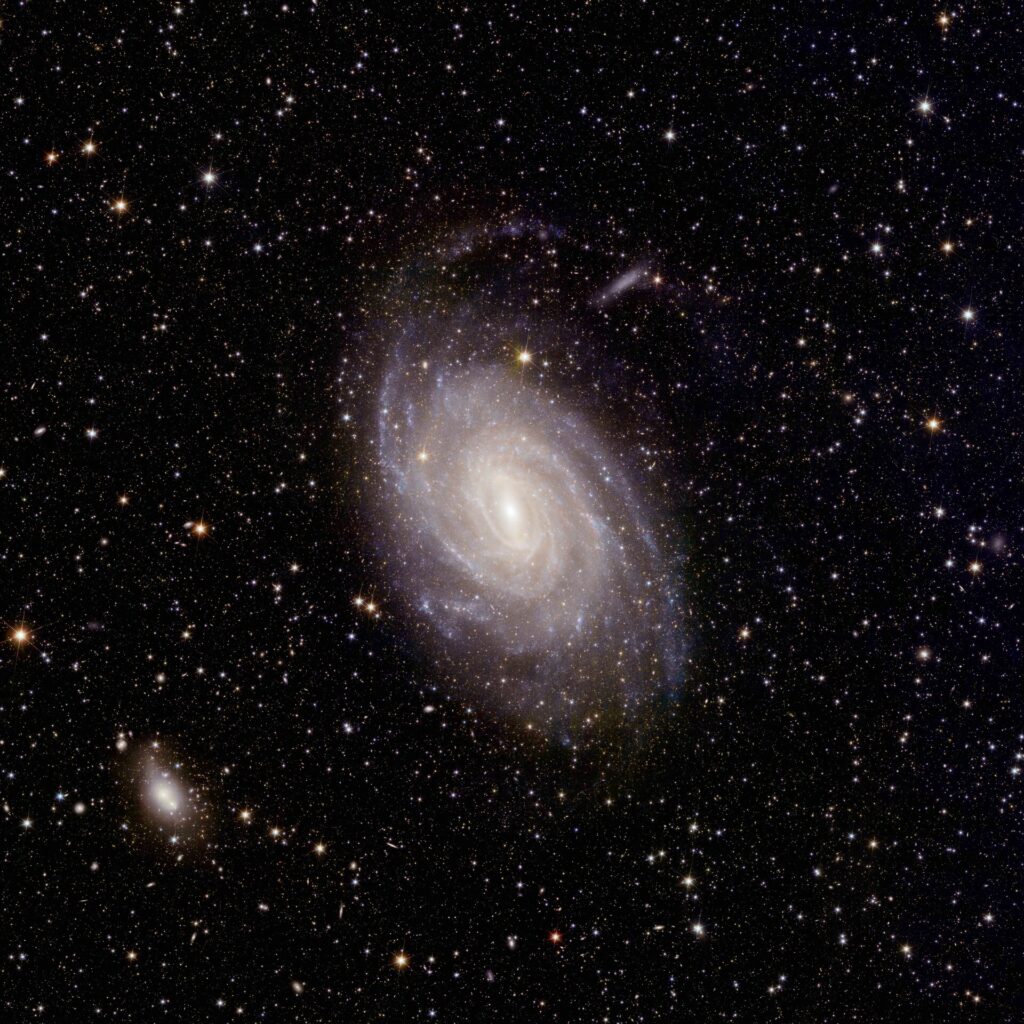
The fourth image shows the galactic cluster Abell 2764 (top right), consisting of hundreds of galaxies surrounded by a huge halo of dark matter. Euclid captured many objects in this area of the sky, including background galaxies, more distant clusters and interacting galaxies. The photo also shows a bright foreground star (the lower part of the image), actually located in our Milky Way.
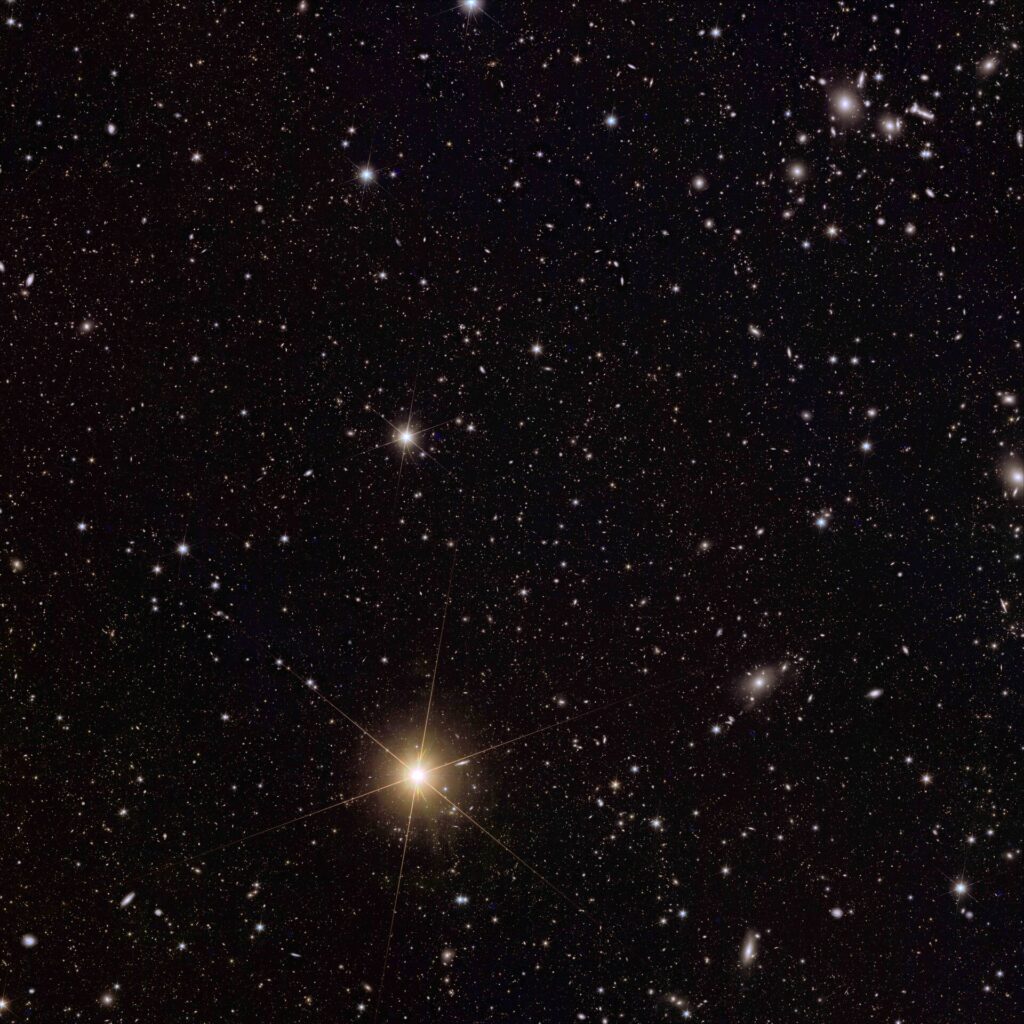
In the fifth image, you can see interacting galaxies in the constellation Doradus. They are located at a distance of 50 million light-years from Earth.
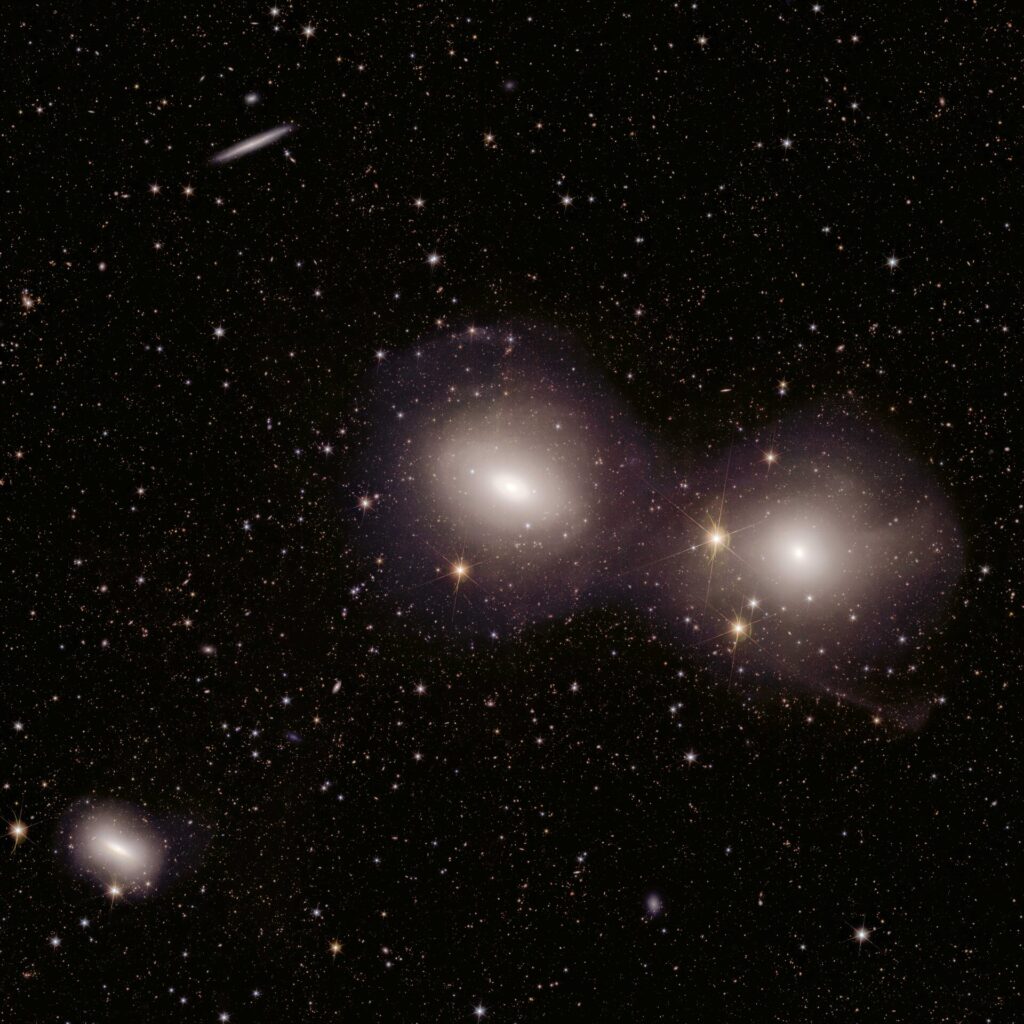
According to ESA



